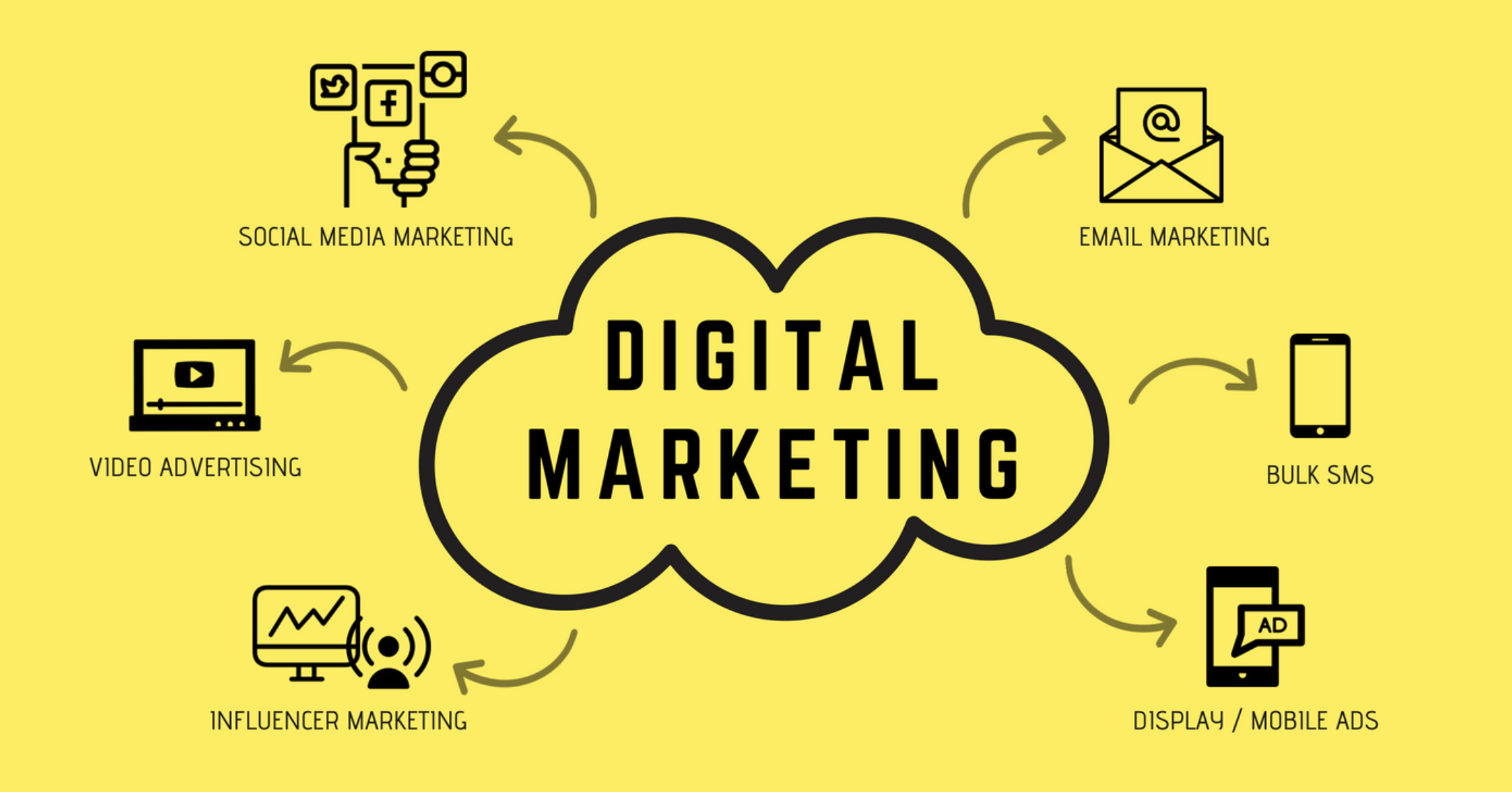Enhance User Experience and Drive Web Traffic With Responsive Internet Design
In today's electronic landscape, where individuals are accessing internet sites from a plethora of gadgets, responsive web style has ended up being more vital than ever. With its ability to adjust and seamlessly adapt to different display dimensions, responsive layout not just improves individual experience however likewise drives traffic to your internet site. Yet why is this layout strategy so critical? Just how does it improve individual engagement and increase website web traffic? In this conversation, we will explore the crucial elements of efficient responsive design, delve right into the very best methods for its implementation, and reveal the keys to improving user experience while driving even more web traffic to your site.
Why Responsive Internet Design Issues
Responsive internet layout is a crucial element of modern-day internet development as a result of its ability to make certain optimal individual experience across various tools and screen dimensions. With the spreading of mobile phones, tablet computers, and other smart phones, it has ended up being crucial for internet sites to adapt and give seamless performance no matter of the device being utilized.
The primary reason receptive website design matters is that it enables customers to have a constant and satisfying searching experience, despite the tool they are using. A receptive website automatically changes its layout, design, and material aspects to fit the screen size and resolution of the gadget, making certain that customers can conveniently communicate and navigate with the site with no trouble or frustration.
Furthermore, responsive web style also plays a considerable role in search engine optimization (SEARCH ENGINE OPTIMIZATION) Look engines, such as Google, focus on internet sites that are receptive and mobile-friendly in their search engine result. By including receptive layout concepts, sites can improve their visibility and position, bring about increased natural website traffic and prospective clients.

Boosting Individual Involvement Through Responsive Design
Enhancing customer engagement is a crucial objective of receptive design, as it guarantees that individuals can conveniently access and communicate with web site web content on any kind of device. With the increasing use of mobile phones and tablet computers, it is essential for sites to adapt to different display dimensions and resolutions. Receptive style allows web sites to instantly readjust their format and web content to provide a seamless user experience throughout tools.
Among the major ways receptive layout boosts user engagement is by reducing tons times. With a responsive internet site, customers do not need to await different mobile variations to lots, causing quicker access to material. This improved speed leads to greater customer contentment and urges them to invest more time on the site.
Additionally, receptive design boosts customer involvement by boosting navigating and interface (The Ad Firm Carlsbad). When a website is designed responsively, buttons and menus are optimized for touch communications, making it much easier for users to interact and browse with the site on their smart phones. This user-friendly and intuitive experience maintains individuals involved and motivates them to explore even more of the site
Moreover, receptive design permits for much better web content exposure and readability. By adjusting the layout and font style sizes to various devices, receptive websites make sure that users can easily review and understand the web content. This improves individual involvement by decreasing the demand for zooming or scrolling to review the message.
Enhancing Internet Site Traffic With Responsive Internet Layout
With the growing popularity of mobile gadgets, having an internet site that is receptive to various display dimensions and resolutions is important for driving raised traffic. In today's digital landscape, users are accessing sites from a variety of gadgets such as smart devices, tablet computers, and desktop. Each of these gadgets has professional website design company various screen sizes and resolutions, and if your site is not created to adjust to these variations, it can result in a bad user experience and a loss of potential traffic.
Responsive web design guarantees that your site looks and functions optimally throughout all tools. By using this page adaptable grids, liquid pictures, and media queries, receptive layout enables your internet site to instantly readjust its material, navigation, and format to fit any type of screen dimension. This implies that users will certainly have a seamless browsing experience despite whether they are making use of a tiny smartphone or a large desktop computer system.
Key Components of Effective Receptive Style
Effective receptive style includes a number of key aspects that guarantee a smooth customer experience across various devices. Among these elements is versatile grids and layouts. By utilizing relative devices like percentages as opposed to fixed systems like pixels, developers can create layouts that scale and adapt to fit various screen dimensions. This allows content to be shown in a aesthetically appealing and legible manner on any type of gadget.
One more crucial component is media queries. These enable designers to use various designs and formats based on the qualities of the user's device, such as screen size and positioning. By utilizing media inquiries, designers can enhance the discussion of material for each and every tool, ensuring that it is legible and conveniently obtainable.
Receptive pictures are likewise vital in reliable responsive design. Images that are too large can decrease web page tons times on mobile gadgets, while photos that are also tiny might appear pixelated on larger displays. By making use of strategies such as receptive photo resizing and careless loading, designers can guarantee that images are appropriately sized and maximized for each and every tool.
Last but not least, efficient responsive design entails a mobile-first strategy. This indicates prioritizing and designing web content for mobile phones first, and afterwards enhancing the layout and broadening for larger displays. This method guarantees site that the most important web content is quickly obtainable on smaller sized screens, while still giving a rich experience on bigger tools.
Finest Practices for Executing Receptive Web Layout
Carrying out responsive website design requires mindful factor to consider of different best techniques to make sure an optimal individual experience across different devices. Right here are some key best techniques to comply with when implementing responsive website design.
To start with, it is important to focus on mobile users. With the boosting dominance of mobile phones, making for mobile-first has actually become necessary. Start deliberately for smaller sized displays and after that gradually improve the format for larger screens.

An additional essential ideal practice is to maximize pictures for various screen resolutions. Huge images can decrease the loading time of your internet site, particularly on mobile devices with slower links. Usage responsive photos that can be resized based on the tool's screen resolution to boost performance.
In addition, test your web site on various gadgets and screen dimensions to guarantee a smooth and regular experience. There are different screening devices offered that can assist you identify any type of concerns and make necessary modifications.
Last but not least, prioritize usability and accessibility. Guarantee that your internet site is easy to navigate, with clear and concise material. Make certain that your website comes to individuals with impairments and complies with access guidelines.
Conclusion
In verdict, responsive internet design plays an essential role in enhancing customer experience and driving web traffic to websites. By embracing responsive style principles, web sites can ensure optimal checking out experiences across various tools, leading to boosted user interaction.
Optimizing individual involvement is an essential objective of responsive design, as it makes certain that users can quickly access and communicate with internet site content on any type of tool. Receptive design allows internet sites to immediately change their format and content to supply a seamless customer experience throughout tools.
In addition, receptive design improves individual interaction by improving navigation and individual interface.Receptive photos are additionally essential in efficient receptive design. By embracing responsive style concepts, internet sites can ensure optimal checking out experiences across different gadgets, leading to boosted customer involvement.
Comments on “Encourage Your Brand Name with The Ad Firm Digital Marketing: Transformative Approaches Wait For”